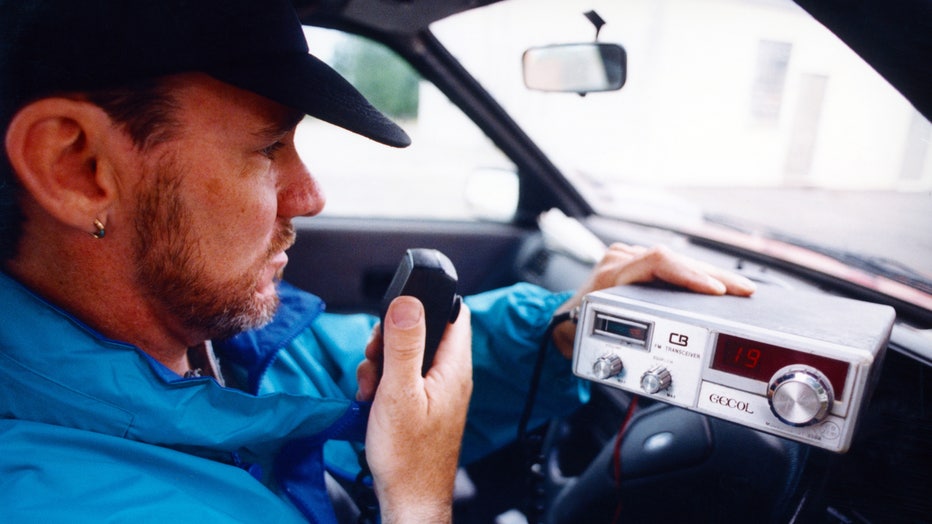AT&T outage: How to communicate when networks go down

Cellular outages reported across the U.S.
AT&T customers report a massive outage. Verizon and T-Mobile are also down for some. FOX 35's Morgan Parrish breaks down what's happening.
A massive AT&T cell phone service outage impacted millions of people and also extended to other cell phone companies this morning. Cricket Wireless, T-Mobile, Verizon and other customers were also reporting problems using their phones.
DownDetector.com, an outage tracking site, showed thousands of outages reported starting around 4 a.m. ET, mostly impacting mobile phone users.
As of 12:17 p.m. PT, service for all AT&T customers affected by Thursday's outage was restored.
"We have restored wireless service to all our affected customers. We sincerely apologize to them. Keeping our customers connected remains our top priority, and we are taking steps to ensure our customers do not experience this again in the future," the company said in a statement.
Cricket Wireless, T-Mobile, Verizon have not yet commented on outages regarding their service.
Outages were reported in many major U.S. cities, including New York, Los Angeles, Atlanta, Houston, Dallas, Chicago, and Philadelphia.
RELATED: AT&T outage: What works, and what doesn’t, without cell service on your phone
As of 8 a.m. ET, there were nearly 63,000 outages reported, DownDetector.com shows, potentially affecting millions of customers.
At approximately 6:46 p.m. CT, AT&T put out a statement on what they believed to be the cause of the outage.
"Based on our initial review, we believe that today’s outage was caused by the application and execution of an incorrect process used as we were expanding our network, not a cyber attack. We are continuing our assessment of today’s outage to ensure we keep delivering the service that our customers deserve," the company wrote.
Here’s a look at other ways to communicate with loved ones if you
Satellite Internet
Satellite internet – the internet service you get through companies like Starlink and Viasat – is wireless internet that communicates through satellites orbiting the Earth. In the U.S., it’s mostly used in rural areas where access to land-based high speed internet isn’t typically available.
Two-way radios (walkie-talkies)
A two-way radio, also known as a walkie-talkie, is a portable radio that can both send and receive radio signals. The higher the wattage, the farther the range, according to Oregon-based Public Lands outdoor store.
Backcountry skiers and other outdoor adventurers often use two-way radios to communicate with each other in the wilderness.
Two-way Bluetooth texting
A newer way to communicate without cell service is a two-way texting device – like a goTenna – that uses Bluetooth to pair with a smartphone, the Public Lands blog states. It uses long-range radio signals to allow you to text with others using the same kind of device.
They have a range of a few miles and are pricier than walkie-talkies, but cheaper than satellite.
CB Radio

CB Radios can be used without internet or cell phone service (Photo by Stuart Outterside/Mirrorpix/Getty Images)
The Citizens Band Radio Service (CBRS) is a private, two-way, short-distance way to communicate when cell phone networks are down, according to the Federal Communications Commission. It has 40 authorized channels between 26.965 MHz and 27.405 MHz.
The FCC says the General Mobile Radio Service (GMRS) is a similar option.
Ham Radio
Amateur radio, known as ham radio, is a hobby radio service in which people use radio communications to talk across town or around the world without cell phones or internet, according to the National Association for Amateur Radio.
Ham radio operators are FCC licensed to operate on "amateur band" radio frequencies. Ham radio operators "have a basic knowledge of radio technology and operating principles," the NAAR says.
"It's fun, social, educational, and can be a lifeline during times of need," the website states.
FOX’s Kelly Hayes contributed to this report.

